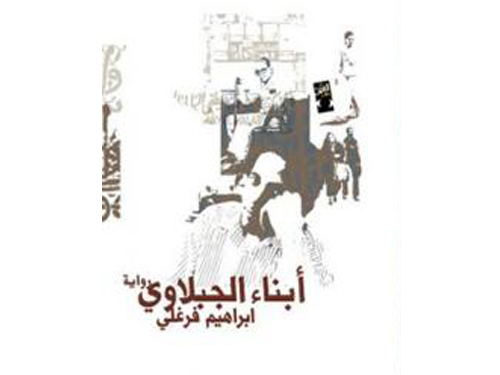A little bit of DIY spirit is making an appearance on the shelves of Cairo’s bookstores. Slim volumes of English language novels by young Egyptian writers have been popping up on book display tables around the city, drawing crowds to book signings and garnering fans on Facebook, despite the questionable quality of the works.
This phenomenon can be traced back to two young publishing houses, Saray Publishing and Shabab Books, that focus on giving a voice to young writers of various backgrounds.
They both began churning out literary works two years ago, and until the 25 January revolution, both were doing well. Saray’s first book, To Each Her Own by Inji Amr, was first published in 2010 and is now in its second print run. It has been listed as second bestselling book (after the Twilight series) at Diwan Bookstores in Cairo.
Their popularity and financial viability stemmed from a focus on memoir and literary fiction written in English, often from a personal perspective. “Our edge is that we try to target bilingual middle-class Egyptians and foreigners residing in the country,” says Sara Abou Bakr, the founder of Saray.
At Shabab, books in English shoulder much of the company’s financial burden. They make more money than Arabic titles because price standards in the English book market are higher, explains Amani al-Tunsi, who founded Shabab, adding, “Readers expect books in English to be more expensive.”
The young founders of these small operations jumped headfirst bravely into the world of publishing. Abou Bakr founded Saray with her two sisters upon completing graduate studies in journalism at the American University in Cairo. Tunsi runs the “Girls Only” radio station and founded Shabab as a way to disseminate her vision – its books mostly focus on the experiences of young educated women living in Egypt. Both publishing houses adopt a DIY approach with a small number of staff who are responsible for the whole publishing process, from editing and jacket design to promotion and finances – a formidable task for anyone. While their efforts are valiant and inspiring, neither have a background in literature, which is evident in their selections.
Many of Shabab’s writers come from a journalism background, and Saray’s roster includes a stockbroker, an engineer and an economist.
“Sometimes I receive manuscripts, but most of the time I contact people whose writing I like,” explains Abou Bakr. A similar approach is adopted by Tunsi.
For both, publishing new young writers is their foremost goal. Up to 90 percent of Shabab’s authors are published for the first time. But many Saray and Shabab books read like the work of people who have been given the opportunity to write a book and are not sure what to do with it. The books are in general exceptionally short and seem hastily written.
One of Shabab’s more controversial publications is Tarek Refaat’s Ruptured, which tells of the social alienation a young woman experiences after being raped. Ruptured presents itself as a book that will bravely unpack the stigma that surrounds rape in Egyptian society. But the novel spirals into nonsensical intrigue rather than grappling with the issue. A coworker of the rape victim, Farida, plots to use Farida’s tragedy to her professional advantage. Within a few pages, Farida’s mild-mannered psychiatrist/love interest is stalking the halls of a Cairo tabloid seeking retribution, riddling desks with bullets and eventually burning the whole place down. And then Farida and her psychiatrist live happily ever after.
Shabab’s collection of short stories, Think About It by Marwa Halawany, includes such confused sentences as “You may dig your tunnel of dreams alone, but if you have a friend who may dig with you unconditionally a tunnel that may not take you anywhere is for sure a friend of the life time.”
In Saray’s flagship publication, To Each Her Own, Amr tells the story of six Egyptian women who “defy the stereotype of the Egyptian female simply by leading normal lives, having hopes, ambitions, problems, challenges and vibrant careers.” This well-meaning book attempts to portray their lives, but the narrative is lost in the author’s distastefully self-congratulatory tone. Amr describes how smart, beautiful and interesting she and her friends are, with a typical line being, “I would never hear the phrase ‘head-turner’ used in my lifetime without automatically getting a mental image of Farida,” or “Layla… was a remarkable person in her seriousness and in her jest.”
Although the Egyptian publishing sector took a hit along with the rest of the economy since the protests began – the biggest blow came with the cancellation of the 2011 Cairo International Book Fair, where many publishing houses make the bulk of their sales for the year – the young publishers are putting on a brave face.
“There is a decrease in sales, but if you can survive this period, you can survive anything,” Abou Bakr tells Al-Masry Al-Youm.
Their publications may not receive literary prizes but have proved popular around the city. Tunsi and Abou Bakr are providing an outlet for young creative writers and deserve credit for their enthusiastic plunges into the publishing world. But both operations would benefit from more experience and editors that can nurture writers’ talents. We can only hope that the existence and apparent accessibility of these publishing houses will encourage young Egyptians writing in English to hone their talents, leading to the production of quality works in the future.



